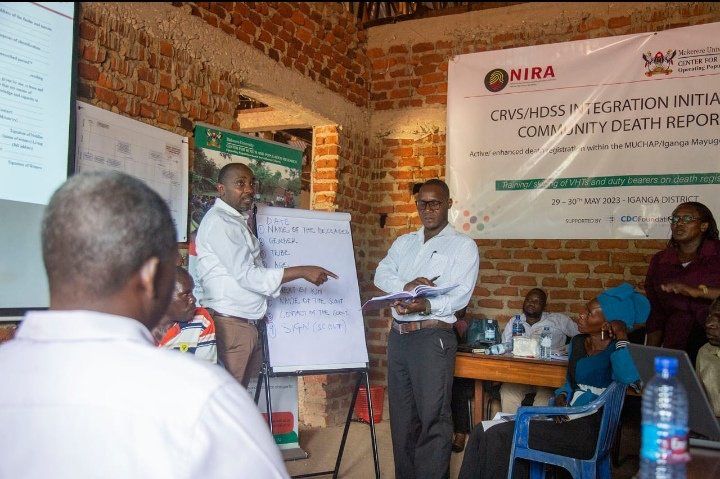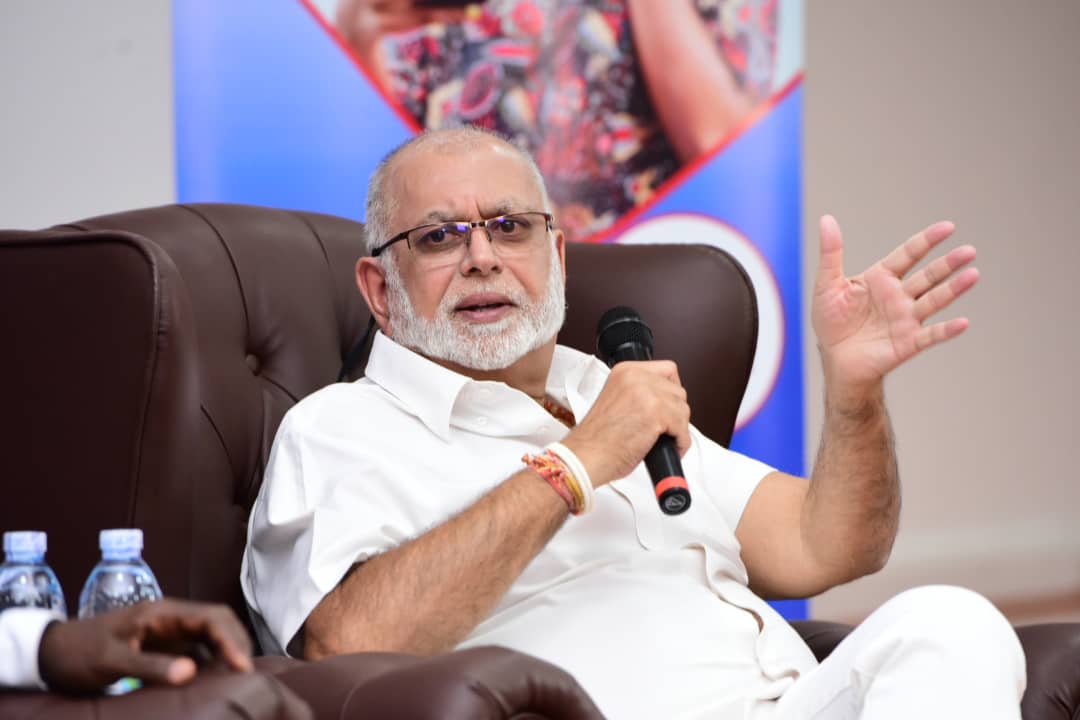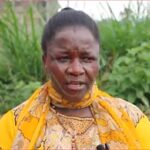Iganga: In a groundbreaking initiative aimed at addressing the low death registration rates in Uganda, the National Identification and Registration Authority (NIRA) has partnered with the Makerere University Center for Health and Population Research (MUCHAP) to conduct a two-day training for district and community leaders in some parts of Busoga.
The initiative and training, supported by the Centers for Disease Control and Prevention Foundation (CDC-F), is the first step in a comprehensive plan to significantly increase death registration within the country.
Centers for Disease Control and prevention Foundation (CDC F) – Bloomberg Philanthropies’ Data for Health Initiative program whose aim is to rapidly improve civil registration and vital statistics in a number of low- and middle-income countries, avidly aligns with the intentions of NIRA to scale up its registration programs.
The training brought together key stakeholders, including Village Health Teams (VHTs), Local Councils (LCs), Senior Assistant Secretaries, and health inspectors, who play critical roles in the registration process.
The trainees were equipped with the necessary knowledge and skills to kick-start the death registration process within their respective communities.
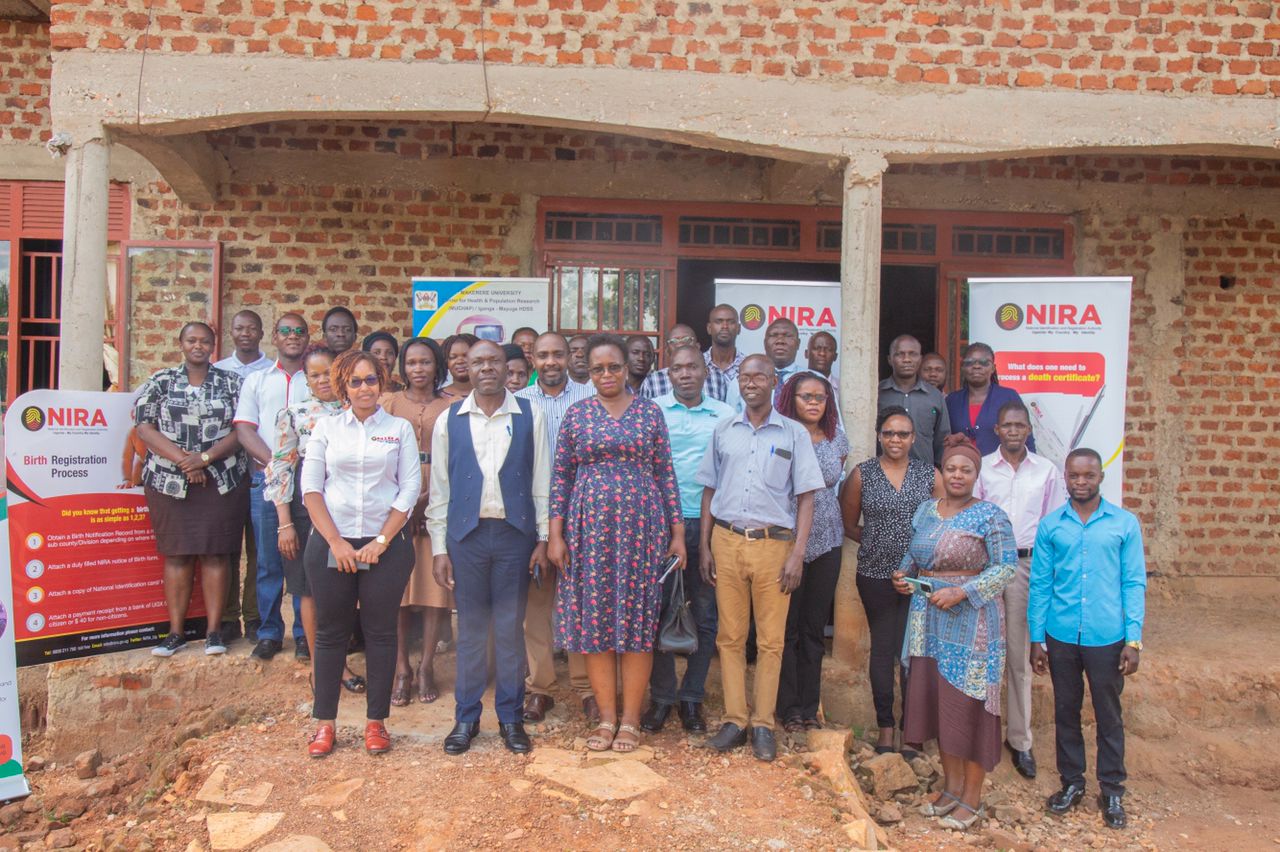
Uganda has been facing a considerable challenge in death registration, with current rates at their lowest. Recognizing the need for creative solutions, NIRA, the government body responsible for death registration, is partnering with MUCHAP, which has pioneered health and demographic surveillance in the country since 2005.
Dr. Dan Kajungu, the Executive Director of MUCHAP, expressed the potential of the collaboration with NIRA, emphasizing the importance of timely death registration within a week of the occurrence.
By integrating the health and demographic surveillance system (HDSS) with the NIRA’s Mobile Vital Registration System (MVRS), the partnership aims to expand the scope of their work and improve death reporting and registration practices.
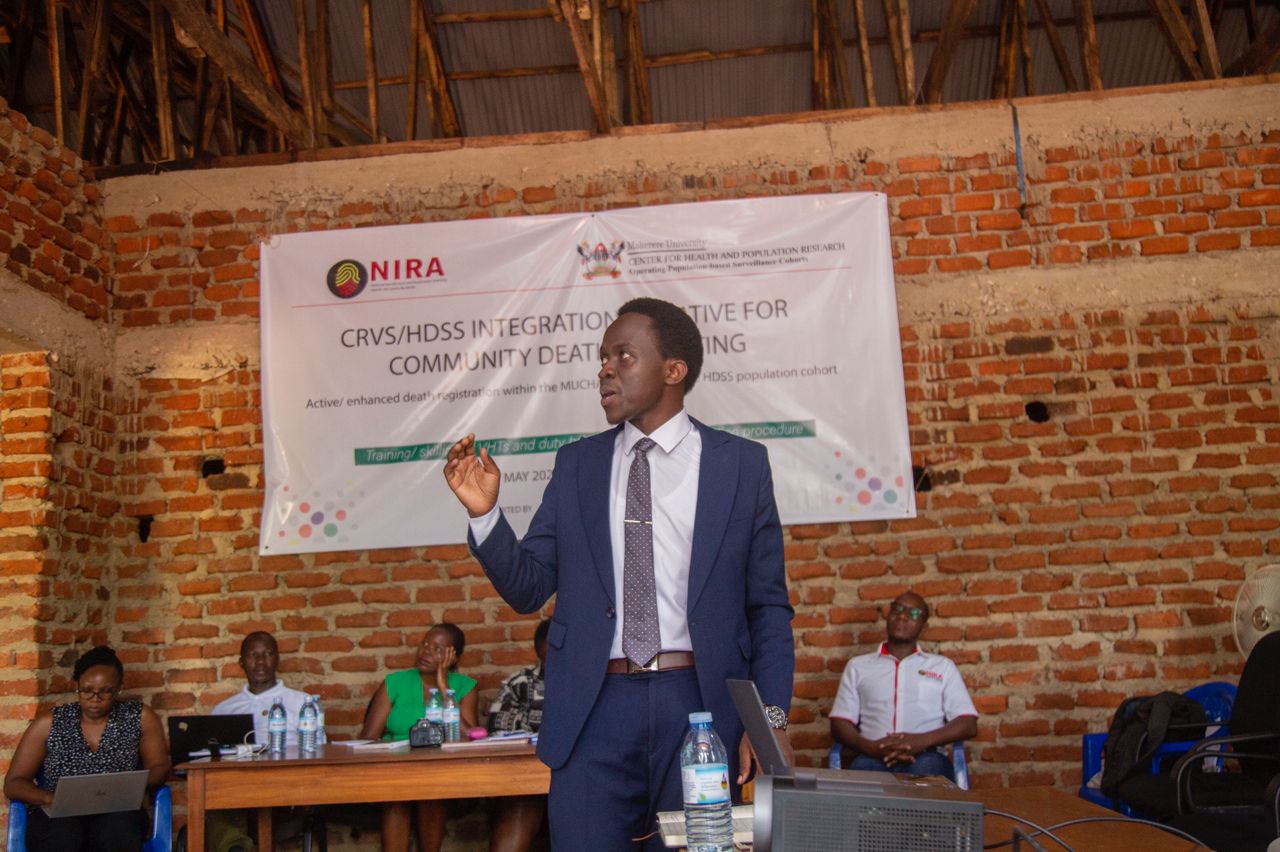
Recent studies have revealed that 67% of deaths occur within the community, while the remaining 33% take place in health facilities. With approximately 600 deaths and 2,000 births occurring annually in the seven sub counties covered by Iganga-Mayuge Health and Demographic Surveillance Site (HDSS).
The need for accurate data on causes of death and birth statistics is crucial for informed decision-making and resource allocation.
![]()

